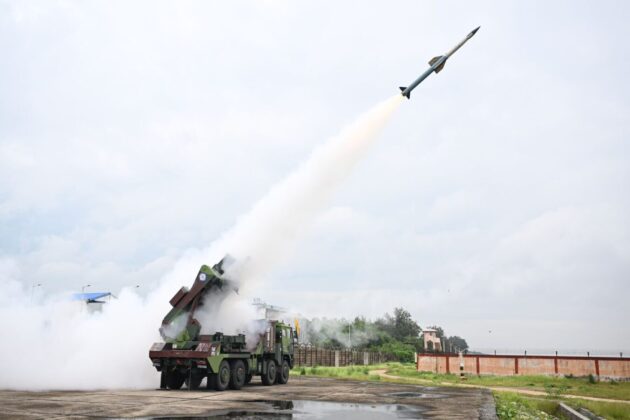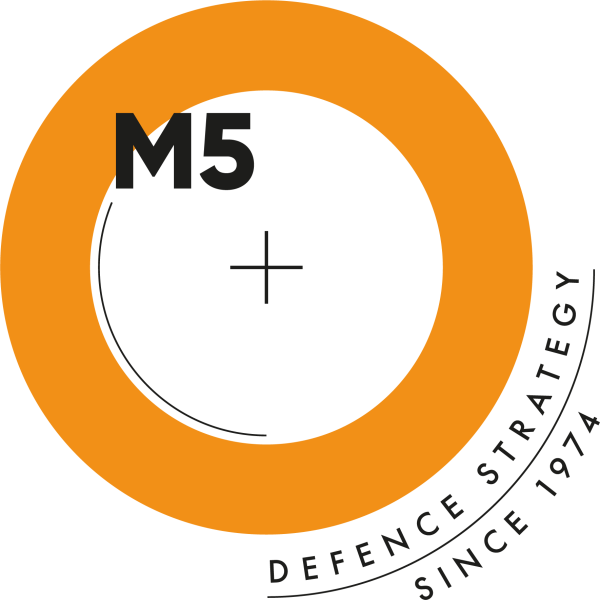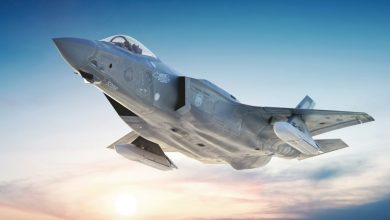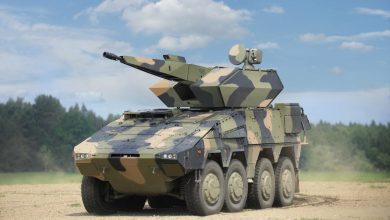India tests multi-layered air defense system

India has conducted the first flight-tests of its new Integrated Air Defence Weapon System (IADWS), the Defence Research and Development Organisation (DRDO) announced.
The trial took place on August 23 off the coast of Odisha, with the system engaging multiple targets simultaneously.
According to a release from the Press Information Bureau, the IADWS combines several domestically developed weapons into a layered air defense shield. The system integrates Quick Reaction Surface-to-Air Missiles (QRSAM), the Advanced Very Short Range Air Defence System (VSHORADS), and a high-power laser-based Directed Energy Weapon (DEW).
The operation of all components is managed through a Centralised Command and Control Centre, developed by the Defence Research & Development Laboratory, which serves as the lead institution for the program. The VSHORADS missile was developed by Research Centre Imarat, while the laser-based system was designed by the Centre for High Energy Systems and Sciences.
During the demonstration, the system engaged three different targets: two high-speed fixed-wing unmanned aerial vehicles and one multi-copter drone. In each case, the missiles and the directed-energy weapon destroyed the targets at different ranges and altitudes. The report said all components—including radars, communications, and detection systems—performed without fault. Data gathered by the Integrated Test Range at Chandipur confirmed the results.
Senior DRDO scientists and representatives from the Indian Armed Forces were present to observe the test. The demonstration underlined India’s effort to deploy multi-layered defenses against evolving aerial threats, including drones and cruise missiles.
Defence Minister Rajnath Singh praised the achievement in a statement. “This unique flight-tests has established the multi-layered air-defence capability of the country and is going to strengthen area defence for important facilities against enemy aerial threats,” Singh said. He congratulated the DRDO, the Armed Forces, and domestic industry for their role in the program.
Secretary of the Department of Defence R&D and DRDO Chairman Dr. Samir V. Kamat also commended the teams behind the system’s development. “The successful flight-tests of IADWS is a result of the collective efforts of our scientists, engineers and partners,” he said.
The test reflects India’s increasing focus on building indigenous capabilities across the defense sector. The inclusion of a high-energy laser weapon alongside missile interceptors highlights an effort to adapt to the growing challenge of unmanned aerial systems and low-cost drones, which have been widely used in conflicts across the world.
India has been developing the QRSAM for several years to replace aging short-range missile systems in service with the Army. The missile is designed for mobility, enabling it to protect moving formations and high-value assets. The VSHORADS provides the lowest tier of defense, while the DEW represents a new capability for neutralizing drones without relying solely on kinetic interceptors.
By combining these weapons into a single integrated system, the IADWS is intended to provide overlapping coverage against a wide spectrum of aerial threats. The centralized command center coordinates responses, enabling the use of either missiles or directed energy depending on the nature of the target.





